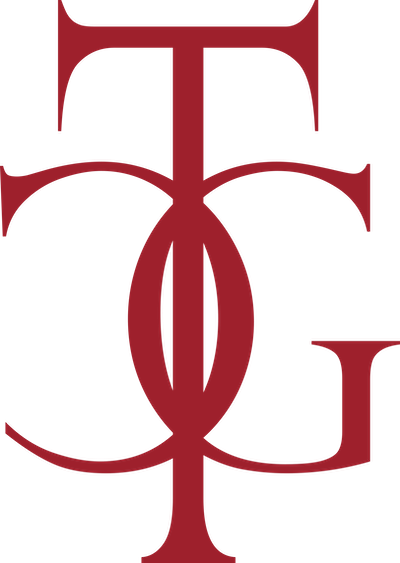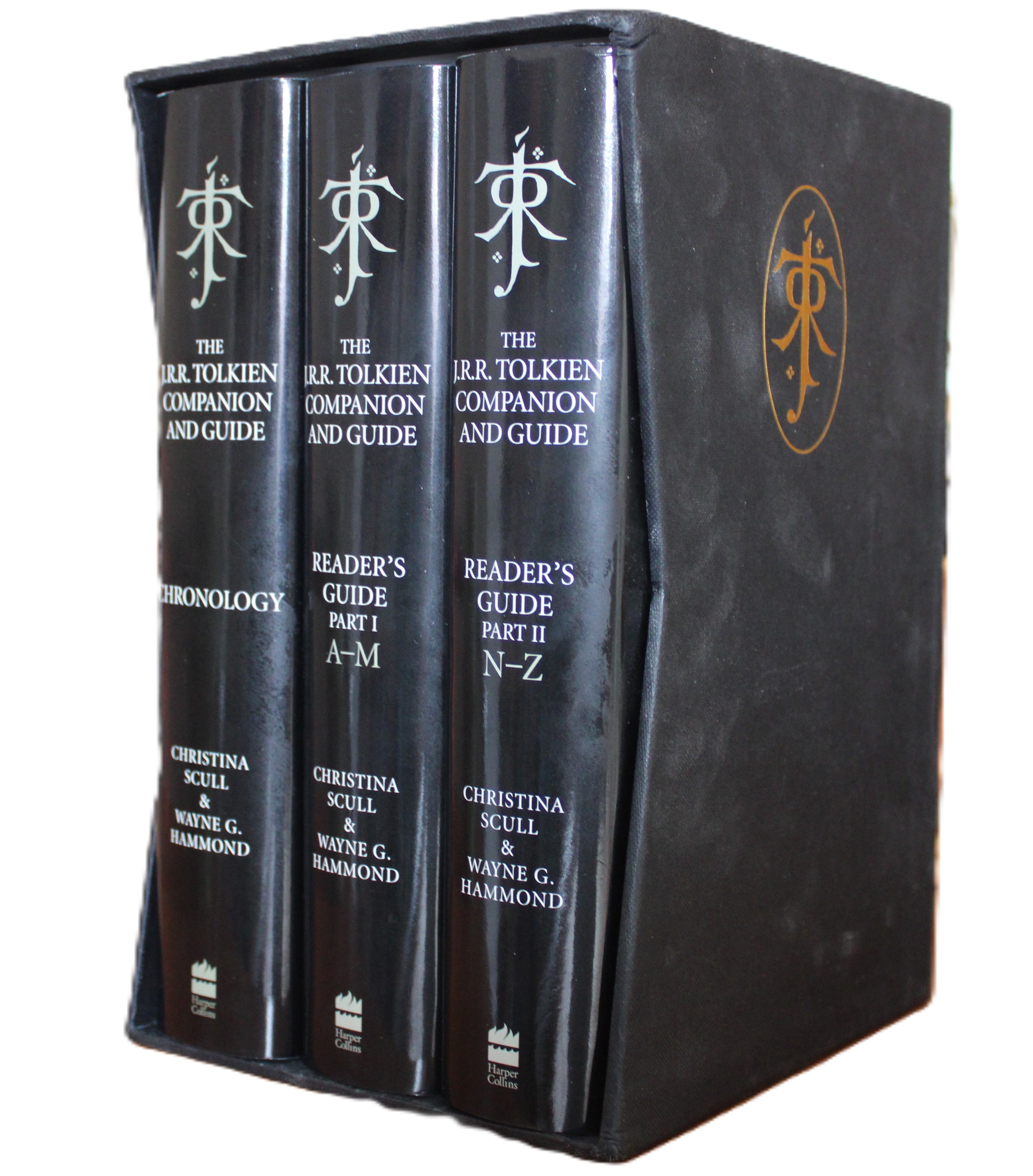Letters  Back to results
Next
Previous
Back to results
Next
Previous
Next Previous
 Back to results
Next
Previous
Back to results
Next
Previous
TCG Letter #465 / Carpenter Letter #227
From
J.R.R. Tolkien
To
Mrs E. C. Ossendrijver
Date
5 January 1961
Type
Autograph Letter Signed
Transcript
Partial
Of this letter, a large portion was published as Letter #227 in The Letters of J.R.R. Tolkien. In the opening portion of this letter to Madam Ossendrijver, a Dutch reader, which has not been published, Tolkien says that he reads "your language", though he is not "able to appreciate in it fine points of style or implication". He is not sure if she has read "the whole work in English" and suggests she could find them in a good bookshop. He hopes, is she has not, that she will be able to read volumes 1 and 2 in English. he says that a friend in Holland has said the translation is not good and he believes that for himself "that the translations of the verse are defective. Though I myself perceive the very great difficulties which the verses, and the text in general present."
In the published portion Tolkien discusses the etymology of Númenor explaining various points of interest. he notes that C.S. Lewis is "a very old friend and colleague" of his. He owes Lewis for his encouragement to Tolkien to finish The Lord of the Rings. He also notes that Lewis's "Numinor was derived, by ear, from Númenor, and was indeed intended to refer" to his "work and other legends" that are unpublished. he is "under contract" to put "into order for publication the mythology and stories of the First and Second Ages – written long ago"
Then in the closing, which remains unpublished, Tolkien apologises for not addresses her by her customs. he begs forgiveness.
Carl Hosttetter notes that "a substantial excerpt from this letter was published by Humphrey Carpenter as Letter 227 in The Letters of J.R.R. Tolkien (cf. p. 303). Of particular interest to this list is the etymology given therein of the Quenya name Númenor, Númenórë. The reproduced first page of the letter allows us to correct a couple of misreadings in this etymology as published, which should read: "Númenor, shortened form of Númenórë, is my own invention, compounded from nūme-n “going down” (√ndū, nū), sunset, West, and nōre “land, country” = Westernesse." See The Letters of J.R.R. Tolkien, p. 303
Marc Zender also noted these errors and gave the following points "In the two sentences at the bottom of the obverse, in the discussion of the etymology of Númenor, Carpenter's transcription traces the first element to numé-n from the root(s) ndū and nu. This makes it seem as though Númenórë, despite the long-vowel marked with an acute accent on the ú, potentially hails from a root or stem without long vowel (i.e., num-én from nu). This in turn allows one to contemplate that the long vowel on the u might be an emergent property of the compound with nórë ‘land’. But the actual letter clearly has núme-n and nū, and this resolves any ambiguity, showing that Númenórë descends directly from núme-n, ultimately from either ndū or nū.
Note, too, that where Carpenter has nórë and twice has Númenórë, the manuscript actually has nóre and (in the second instance, on the penultimate line) Númenóre, both without diaeresis on the final -e. This isn't a grievous deviation, since it only marks a vowel which receives its own pronunciation (i.e., not a silent vowel, nor part of a diphthong) as in, for instance, Noël or Zoë. But this was always optional, as Tolkien indicates in Appendix E of The Lord of the Rings: Final e is never mute or a mere sign of length as in English. To mark this final e it is often (but not consistently) written ë.
Carpenter has perhaps understandably opted for consistency with the initial instance of Númenórë (so written by Tolkien) but it's interesting to note that Tolkien was less concerned with mere consistency. To him, the rule that "[f]inal e is never mute or a mere sign of length" trumped the need to consistently mark the e.
There are a few other, minor, typographical deviations from the original. For instance, Tolkien actually wrote "summarized" (with a z) on the obverse, wheres Carpenter regularizes this to the more common British spelling "summarised". In truth, though, and particularly in Tolkien's day, both were equally acceptable British orthography. It's only in the US that "summarize" remains the only correct spelling."
The original letter with a complete transcript is held at the Marquette archives.
In the published portion Tolkien discusses the etymology of Númenor explaining various points of interest. he notes that C.S. Lewis is "a very old friend and colleague" of his. He owes Lewis for his encouragement to Tolkien to finish The Lord of the Rings. He also notes that Lewis's "Numinor was derived, by ear, from Númenor, and was indeed intended to refer" to his "work and other legends" that are unpublished. he is "under contract" to put "into order for publication the mythology and stories of the First and Second Ages – written long ago"
Then in the closing, which remains unpublished, Tolkien apologises for not addresses her by her customs. he begs forgiveness.
Carl Hosttetter notes that "a substantial excerpt from this letter was published by Humphrey Carpenter as Letter 227 in The Letters of J.R.R. Tolkien (cf. p. 303). Of particular interest to this list is the etymology given therein of the Quenya name Númenor, Númenórë. The reproduced first page of the letter allows us to correct a couple of misreadings in this etymology as published, which should read: "Númenor, shortened form of Númenórë, is my own invention, compounded from nūme-n “going down” (√ndū, nū), sunset, West, and nōre “land, country” = Westernesse." See The Letters of J.R.R. Tolkien, p. 303
Marc Zender also noted these errors and gave the following points "In the two sentences at the bottom of the obverse, in the discussion of the etymology of Númenor, Carpenter's transcription traces the first element to numé-n from the root(s) ndū and nu. This makes it seem as though Númenórë, despite the long-vowel marked with an acute accent on the ú, potentially hails from a root or stem without long vowel (i.e., num-én from nu). This in turn allows one to contemplate that the long vowel on the u might be an emergent property of the compound with nórë ‘land’. But the actual letter clearly has núme-n and nū, and this resolves any ambiguity, showing that Númenórë descends directly from núme-n, ultimately from either ndū or nū.
Note, too, that where Carpenter has nórë and twice has Númenórë, the manuscript actually has nóre and (in the second instance, on the penultimate line) Númenóre, both without diaeresis on the final -e. This isn't a grievous deviation, since it only marks a vowel which receives its own pronunciation (i.e., not a silent vowel, nor part of a diphthong) as in, for instance, Noël or Zoë. But this was always optional, as Tolkien indicates in Appendix E of The Lord of the Rings: Final e is never mute or a mere sign of length as in English. To mark this final e it is often (but not consistently) written ë.
Carpenter has perhaps understandably opted for consistency with the initial instance of Númenórë (so written by Tolkien) but it's interesting to note that Tolkien was less concerned with mere consistency. To him, the rule that "[f]inal e is never mute or a mere sign of length" trumped the need to consistently mark the e.
There are a few other, minor, typographical deviations from the original. For instance, Tolkien actually wrote "summarized" (with a z) on the obverse, wheres Carpenter regularizes this to the more common British spelling "summarised". In truth, though, and particularly in Tolkien's day, both were equally acceptable British orthography. It's only in the US that "summarize" remains the only correct spelling."
The original letter with a complete transcript is held at the Marquette archives.
Next Previous









 5
5 236
236